Priene: A Glimpse into Ancient History
Located in the Güllübahçe village of the Söke district in Aydın, Turkey, Priene is an ancient city that dates back to the 8th century BC.
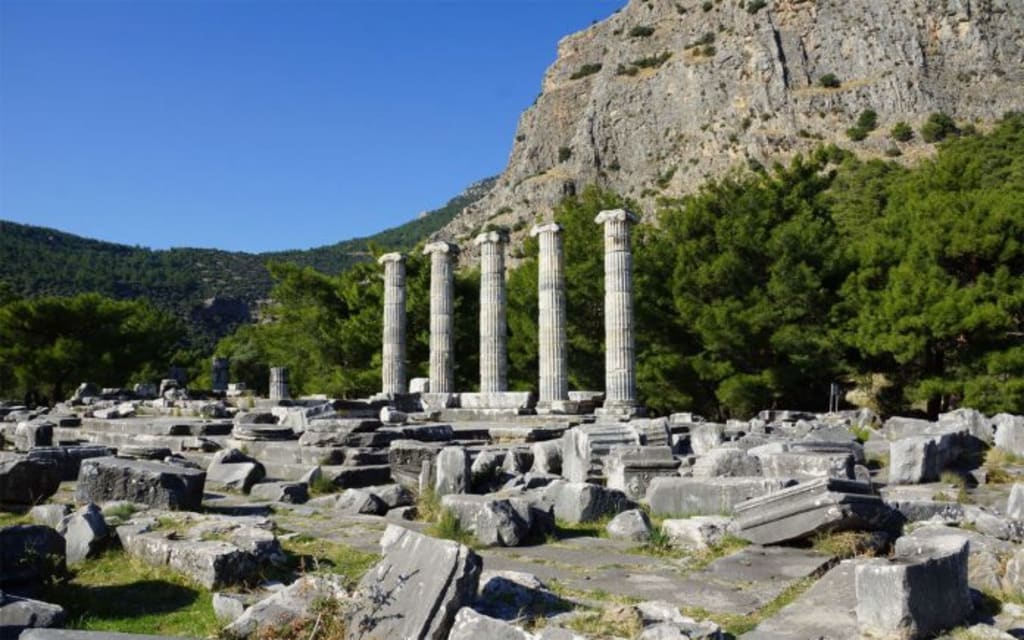
Located in the Güllübahçe village of the Söke district in Aydın, Turkey, Priene is an ancient city that dates back to the 8th century BC. One of the twelve Ionian cities, Priene was initially established on the coast, but due to the silting of the Meander River, the city is now situated approximately 16 kilometers from the sea. Despite its distance from the coast, Priene was an important commercial hub in ancient times and played a significant role in the region's economy.
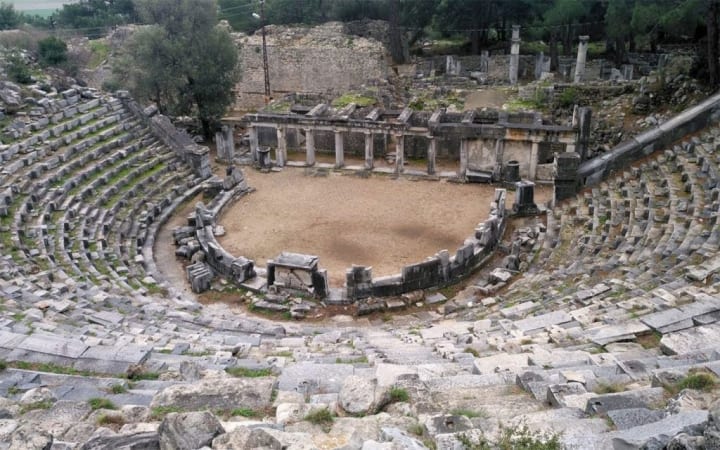
Priene was a well-fortified city that was protected by the steep slopes of Mount Mykale and multifaceted rocks. Due to its strategic location and strong fortifications, Priene was able to withstand various invasions over the centuries. The city was initially established by the Ionians, a group of people who migrated to western Anatolia from the eastern Aegean region. However, the city was later abandoned for unknown reasons, and it was only in the 4th century BC that the city was rebuilt and flourished again.
Throughout its history, Priene was ruled by different empires, including the Lydians, Persians, Greeks, and Romans. During the reign of Alexander the Great, the city was part of his vast empire. After Alexander's death, the region was ruled by the Seleucid Empire, followed by the Attalid dynasty of Pergamum. During this time, Priene became a part of the Pergamene Kingdom, which lasted until the Roman Empire annexed the region in 133 BC.
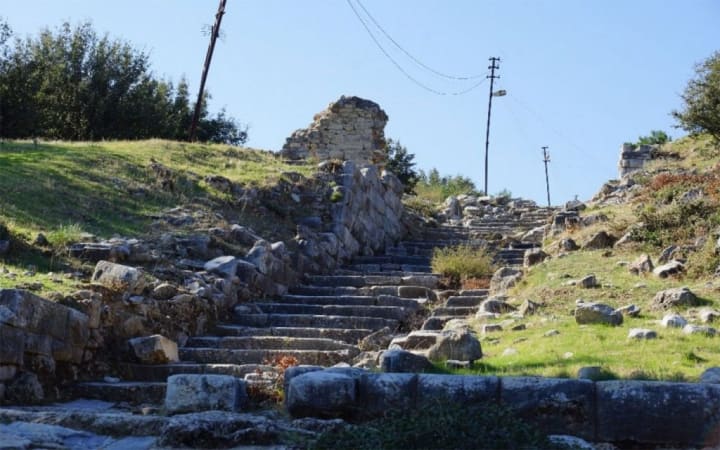
One of the most notable ancient figures associated with Priene is Bias of Priene, a philosopher and lawmaker who lived in the 6th century BC. Bias is known for his contributions to the development of the legal system and for his ethical teachings. Bias is also credited with playing a significant role in the establishment of the famous Oracle of Delphi.
Priene is known for its well-preserved historical sites, which offer visitors a glimpse into ancient life. One of the most significant structures in Priene is the 6,500-seat theater, which is carved into the slope of the mountain. The theater was built in the 3rd century BC and is considered one of the best-preserved theaters of the Hellenistic period. The theater was used for various performances, including plays, musical events, and political assemblies.
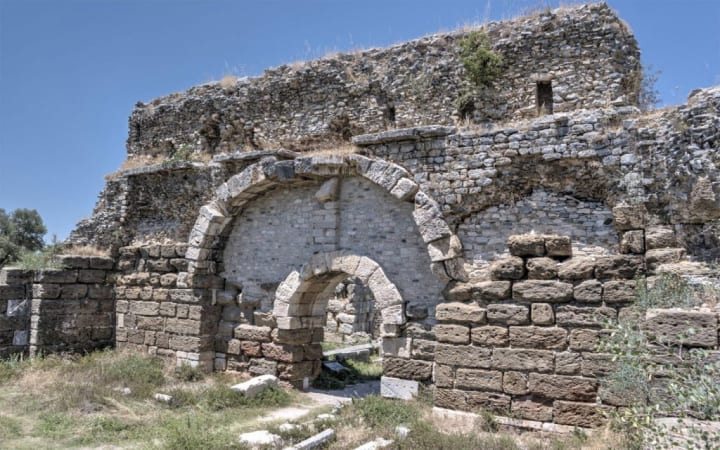
Another notable site in Priene is the Bouleuterion, a building that served as the meeting place of the city's council. The Bouleuterion has 640 seats and was used for judicial proceedings and other official meetings. The building is rectangular in shape and is surrounded by rows of benches. The building was also used as a place of worship for the goddess Athena.
Other significant structures in Priene include the Temple of Zeus, which was built in the 2nd century BC and dedicated to the god Zeus, and the Temple of Demeter, which was built in the 4th century BC and dedicated to the goddess Demeter. Priene also has well-preserved examples of ancient houses, offering visitors a glimpse into the daily life of the ancient city's residents.
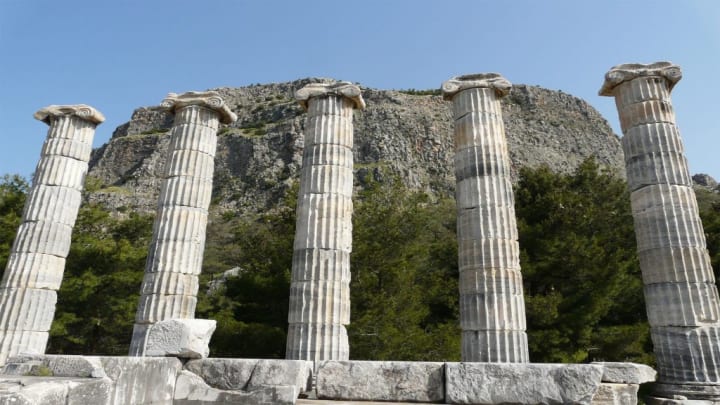
Priene is also known for its advanced urban planning, which was ahead of its time. The city had wide streets and avenues, with the main street measuring up to 3.5 meters wide. The city was also designed with a complex drainage system, which helped to prevent flooding during the rainy season. Priene's advanced urban planning has been a source of inspiration for modern urban planners.
Priene is a fascinating and important site for understanding the history and culture of ancient Greece. Its strategic location, impressive architecture, and rich cultural heritage make it a must-see destination for anyone interested in history, archaeology, or ancient civilizations. Whether you are exploring the remains of the city's impressive theater or wandering its well-planned streets and neighborhoods, Priene offers a glimpse into a bygone era and a reminder of the enduring legacy of one of the world's most influential civilizations.
About the Creator
Enjoyed the story? Support the Creator.
Subscribe for free to receive all their stories in your feed. You could also pledge your support or give them a one-off tip, letting them know you appreciate their work.






Comments
There are no comments for this story
Be the first to respond and start the conversation.